Python——列表的常用操作
1.append:
cities = ['北京']
cities.append('上海')
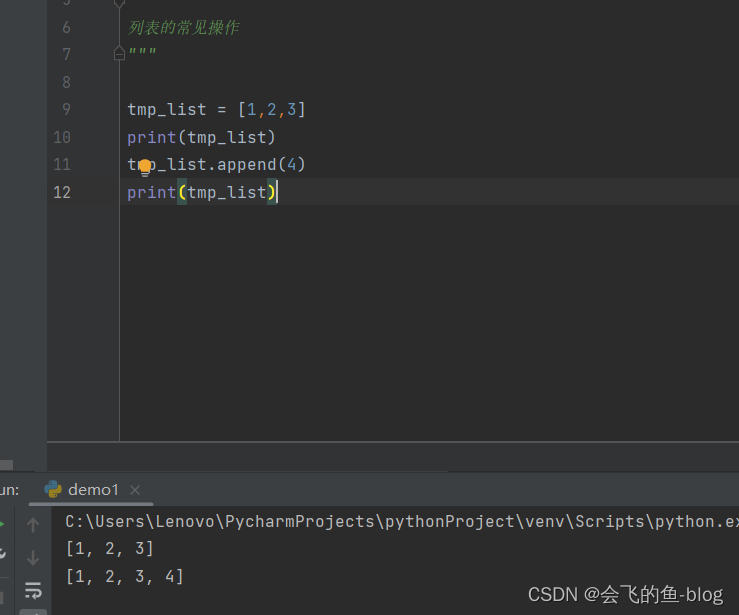

2.count:统计某个元素在泪飙中出现的次数
temps = ['to','be','or','not','to','be']
print(temps.count('to'))
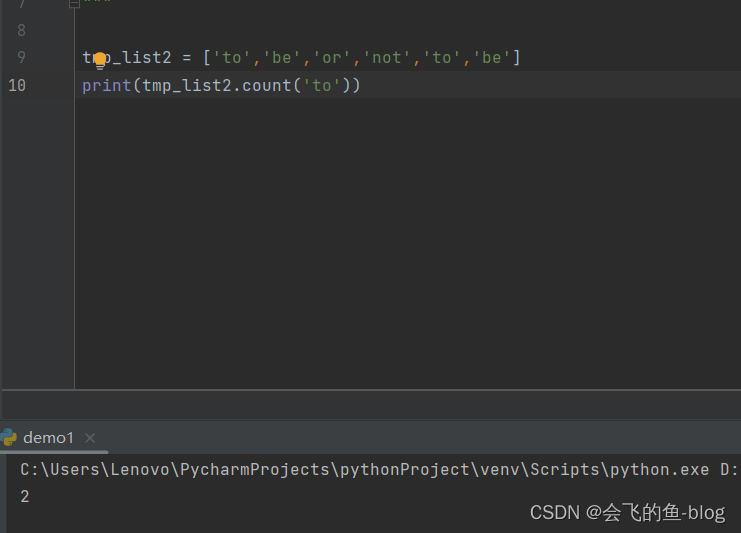
3.extend:将一个列表中元素追加到另外一个列表中
a = [1,2,3]
b = [4,5,6]
c = a.extend(b)
4.insert:将某个值插入到列表中的某个位置:
chars = ['hello','world']
chars.insert(1,'nihao')
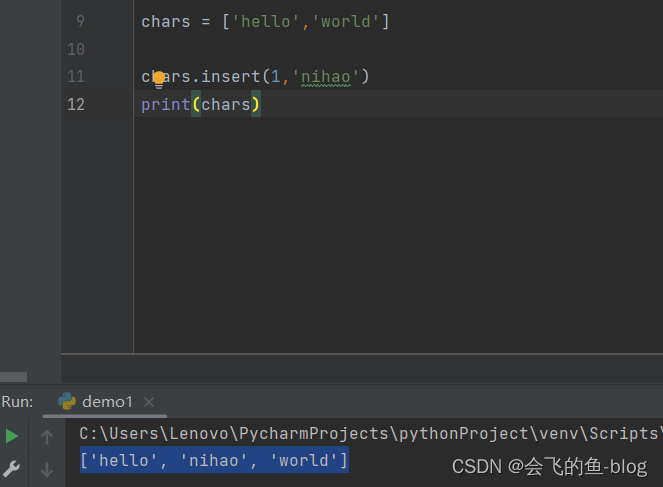
5.pop方法:移除列表中最后一个元素,并且返回该元素的值:
x = [1,2,3]
temp = x.pop() #返回3
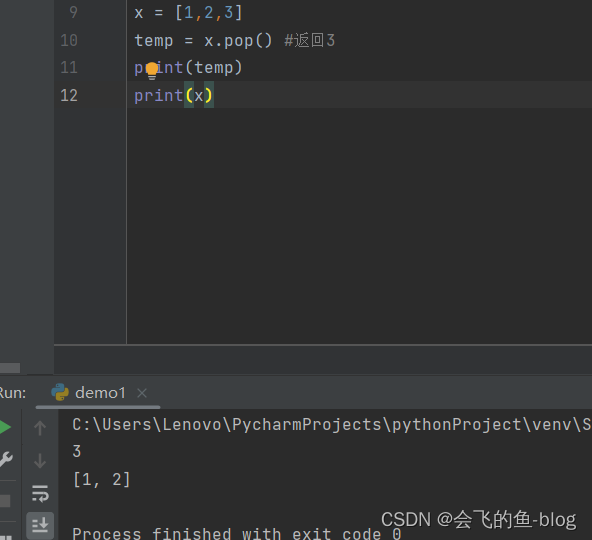
6.remove方法:移除列表中第一个匹配的元素,不会返回这个被移除的元素的值。如果被移除的这个值不存在列表中,则会抛出一个异常。

7.sort:将列表中的元素进行排序,会更改原来列表中的位置
x = [4,2,1,5,3]
x.sort()
print(x)

8.del关键字:根据下标删除元素:
a = [1,2,3]
del a[0]
print(a) # [2,3]
9.使用in判断列表中是否有某个元素:
x = [1,2,3]
if i in x :
print(True)
else:
print(False)
10.list函数:将其他的数据类型转换成列表:
a = 'hello'
print( list(a) )

# 字符串补充知识
tmp_str = "1,2,3,4,5"
print(tmp_str)
print( type(tmp_str) )
#字符串转数组
print( list(tmp_str) )
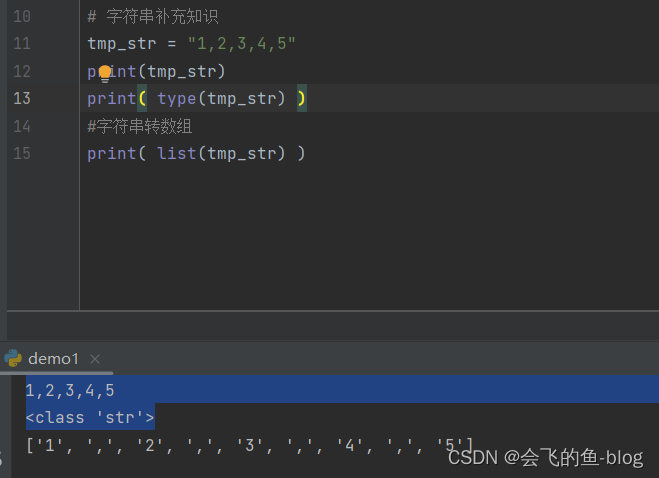
print(tmp_str.split(",")
数组转换字符串

print("*" * 50)
tmp_list5 = ["a","b","c"]
print('.'.join(tmp_list5))
运行结果:
a.b.c





 浙公网安备 33010602011771号
浙公网安备 33010602011771号